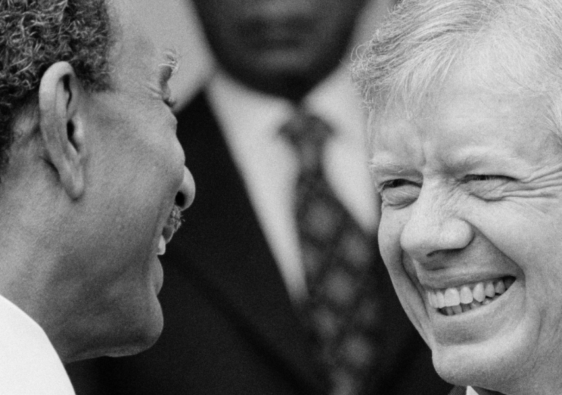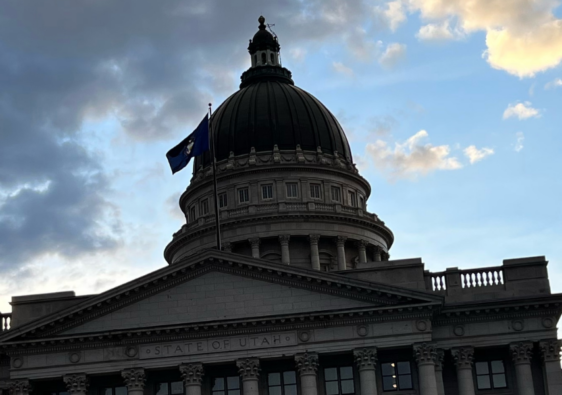My daughter, now in the fifth grade, has loved Harriet Tubman since the first grade, when she began reading books on her own. She loved reading about how Harriet returned multiple times to lead other slaves to freedom as well, and how she helped lead a Civil War raid that freed hundreds of slaves.
Now, many years after her death, Tubman is officially a one-star brigadier general, according to The Associated Press.
That first-grade primer could not cover Tubman’s life in much detail, of course. That life was an impressive one. She was born a slave around 1822 in Maryland. When she was about six years old, she began to care for the children of overseers, being “rented out” by her owners, who of course pocketed the “rent.”
When she was just 13, she refused to help capture an escaping slave. The frustrated overseer chucked a two-pound weight at the runaway but missed, striking Tubman in the back of the head, fracturing her skull. She was unconscious for days. Her mother nursed her back to health over many months. After regaining consciousness, she suffered from chronic pain from headaches, seizures and what some historians now think was narcolepsy, causing her to fall asleep without warning. During those “spells,” she often had vivid dreams which she believed were revelations from God, giving her insight and instructions on leading her people to freedom.
The subsequent life-long disability she lived with following her traumatic brain injury was often overlooked by 19th-century writers, who focused instead on her bravery and strength. Yet, as historian and professor Deidre Owens wrote in 2022, Tubman “offered up a version of freedom where a disabled Black woman sat at the center of it, where Black women were liberators, and where liberation was communal and democratic.”
After years of debilitating headaches, she finally underwent brain surgery in the late 1890s, but refused anesthesia. Instead, she bit on a bullet like the Civil War soldiers she had cared for during the war. After the surgery, she said she “got up and put on my bonnet and started to walk home, but my legs kind of give out under me, and they sent for a ambulance and sent me home,” according to the National Park Service.
Tubman, who was born Araminta Ross, married her first husband, John Tubman, in 1844 and changed her name to Harriet Tubman. Five years later, she escaped alone. When she crossed into Pennsylvania, she told Sarah Bradford, her biographer, “When I found I had crossed that line, I looked at my hands to see if I was the same person. There was such a glory over everything; the sun came like gold through the trees, and over the fields, and I felt like I was in heaven.”
She returned 13 times to lead other family and friends to freedom. On her third trip back to Maryland, she went to get her husband, John. Thinking she was dead, John had remarried and his new wife was expecting. He refused to leave. In all, she rescued about 70 people and gave instructions on how to make the journey safely to another 60 or 70 people.
During the Civil War, Tubman helped Union generals recruit Black troops and served as a Union spy and as a nurse to wounded soldiers. Dressed as a field hand, she led scouting and spying missions to identify and map the locations of Confederate mines, supply areas and troops. Tubman delivered the information to Union Col. James Montgomery, commander of the 2nd South Carolina Volunteer Infantry, to support military operational planning.
In June 1863, Tubman planned and led the raid at Combahee Ferry, becoming the first woman to oversee American military action during war time. Using her intelligence information to navigate around the Confederate mines placed in the Combahee River, she, Colonel James Montgomery and the 2nd Carolina Colored Infantry burned several plantations, destroyed Confederate supply lines and freed more than 750 people from slavery.
On Monday, Veterans Day, she was posthumously awarded the rank of general in Maryland’s National Guard.
Gov. Wes Moore praised her as one of the “greatest authors of the American story,” per the AP. She knew that “in order to do the work, that meant that she had to go into the lion’s den. She knew that leadership means you have to be willing to do what you are asking others to do.”
Originally published in the Deseret News



